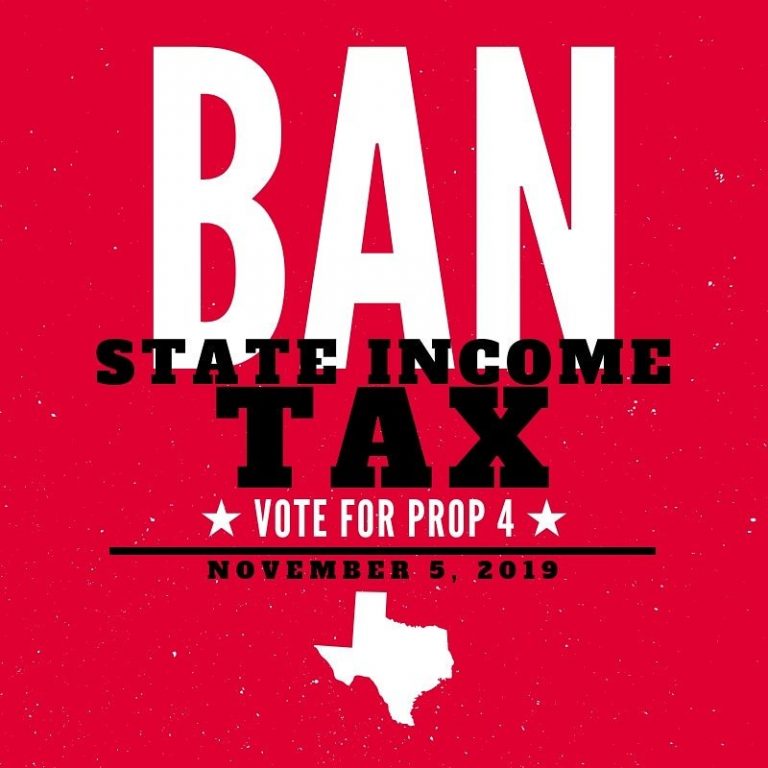In our life, we spend a lot of time thinking about problems. What if we say a magic word and make them all go away? Maybe we can.
The words aren’t like Dorothy clicking her red heels together and saying “There’s no place like home”. You don’t need Greek phrases or a special diet/pill you saw on the shopping channel to make it work, either.
Surprise is it not a four letter word, it is worse, it’s a simple six-letter word: growth.
What is growth? Dictionary.com defines it as:
The act or process, or a manner of growing; development; gradual increase.
 The problem with growth is humans. We are not wait and see the gradual increase” type of people. We want it the FEDX way – delivered to our door immediately and yesterday.
The problem with growth is humans. We are not wait and see the gradual increase” type of people. We want it the FEDX way – delivered to our door immediately and yesterday.
Do you remember this FEDX add ? In this fast moving high pressured get it done yesterday world….this was from 1981
Then once we have it we are so accustom to having it that making a change is nearly impossible.
Implementing the issues that are illuminated is a political challenge, not an economic one. One man’s waste is another man’s subsidy. People naturally resist when they perceive they are on the losing end of the bargain. Serious change is very hard if everyone insists on keeping whatever benefits they presently have.
I recently read an incredible paper written by John H Cochrane who writes an incredible blog called The Grumpy Economist. I am not sure how grumpy he really is however the insight is particularly important as our economy enters the 8th year from the 2008 recession with growth averaging barely 1.7% a year since. Compare that to the economy growing by over 3½% from 1950 to 2000.
Therein lies the reason that incomes have been so dismal for much of America and so many Americans are discouraged and angry. Yet compare us to Europe and Japan and we look like an Olympic Gold Medal winner.
The paper hits you like a sledgehammer and yet the topics are completely being ignored by the current quintet of Presidential Candidates.
Cochrane takes a matter-of-fact approach to the growth problem. What are the barriers to productivity growth, and what can we do to remove them? Not surprisingly, most barriers are the result of counterproductive government policies. He breaks them down into categories and I have quoted from his paper to give you the cliff notes.
Restoring growth: a general strategy by John H Cochrane
Regulation:
“Most economic regulation, however, is specifically designed to slow growth. The purpose of most economic regulation is to transfer money to a specific group of people, companies, or industry. It does so by slowing down new entrants, impeding competition, mandating uneconomic actions or cross-subsidies, slowing innovation, turning off price signals, distorting incentives, and encouraging waste. These are the tools of economic regulation, and they all impede economic growth.”
Finance:
“The parts of the financial system that failed and were bailed out in 2008 — Fannie and Freddie, commercial banks — were already among the most highly regulated businesses in America. Regulation did not fail for being absent. Regulation failed for being ineffective.”
Healthcare:
“Health care and insurance is not just distorted from the demand side — too many people paying with someone else’s money. The supply side is ossifyingly restricted as well.”
Energy:
“A litmus test for a presidential candidate ought to be the willingness to stand up in Iowa and say, “Ladies and Gentlemen, a huge government subsidy for corn ethanol is a rotten idea.”
Taxes:
“Practically everyone agrees on the basic structure of a growth-oriented tax reform: Lower marginal rates — the extra amount of taxes you pay on an extra dollar of income determines the disincentive to earning that income. To raise revenue at lower marginal rates, broaden the base, i.e. remove exemptions and loopholes. And massively simplify the code.”
Social programs:
“From a growth perspective, the most important characteristic of social programs is also not so much their cost, as it is their disincentives and their ineffectiveness.”
Immigration:
“The immigration debate has nothing to do with who is allowed to come to this country. That’s the tourist visa debate. The immigration debate is about who is allowed to work in this country, and, later, who is allowed to become a citizen. Our Federal government has a massive program in place to stop people from working. That is immigration law.”
Education:
“The culprit is easy to find: awful public schools run by and for the benefit of politically powerful teachers’ and administrators’ unions. (Don’t forget the latter! Teachers account for only half of typical public school expenses.) Education poses a particularly large tradeoff between profits to incumbents and economic growth, since education lies at the foundation of higher productivity. In addition, the costs of awful schools fall primarily on lower-income people who cannot afford to get out of the system. It is one of the major contributors to inequality.”
CHANGE AT WHAT COST? – These are my thoughts……………..
Change is hard for everyone. If it wasn’t obesity would not be the largest growing (pun intended) medical issue facing the USA. Everyone would eat better, work out more and fit in the national BMI scale.
Implementing these reforms is a political challenge, not an economic one. One man’s waste is another man’s subsidy. Frankly, I realize that making these fundamental changes will be difficult, but we have to try. Cochrane stresses that even small changes make a big difference over time.
Everyone should read the full version. It is not at all technical, and you will learn much.
If you want to read more Economic Growth.
WHAT IS YOUR 1%?
Can you make a 1% difference in your life? How would you do it? I want to know what you are doing or could do. Comment here or email me Michael@yourbestmoneymove.com and tell me what you are going to do or are already doing.
To schedule a time to speak with me, please click on MY CALENDAR
Michael Tannery CPA CDFA™ AIF® ● CEO
Registered Principal
214-239-4700





